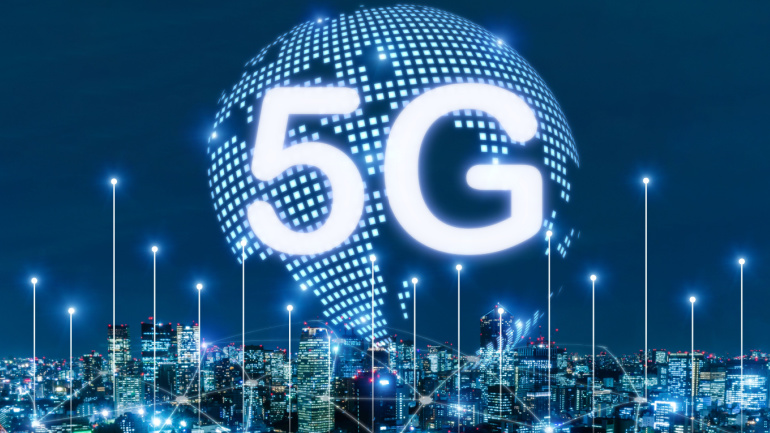Several major technology companies have joined forces to establish The AI-Enabled ICT Workforce Consortium, aimed at enhancing skills and knowledge among tech professionals facing potential disruption from artificial intelligence (AI). Notable participants include Cisco, Accenture, Eightfold, Google, IBM, Indeed, Intel, Microsoft, and SAP, supported by key industry and labor organizations.
Unearthing the UK’s surprising predilection for telephone poles, an ISPA survey reveals 70% of respondents would welcome a new pole for improved broadband. As connectivity takes precedence over visual impact, 75% agreed to poles ensuring excellent broadband, while only 17% disapproved. A noteworthy 37% were indifferent, rarely noticing the poles.
A recent study by Juniper Research, a leading authority in telecommunications markets, has unveiled a sobering forecast for operators’ revenue derived from business SMS traffic in 2024. Contrary to previous years’ robust growth, the study anticipates a mere 5% uptick in revenue, marking a significant decline from the previous year’s 23% surge.
Nokia has enhanced its WaveSuite optical network platform. Companies across various industries are increasing their investment in artificial intelligence. Ericsson launched EFTG to drive 5G advancements in U.S. federal agencies for national digital transformation. NVIDIA’s launch of the GB200 Grace Blackwell Superchip promises to revolutionize generative AI’s efficiency and performance.
In the realm of mobile communication, Virginie Debris stands as a seasoned expert, navigating the evolution from ringtones to Rich Communication Services (RCS). With an illustrious career spanning over two decades, she recently captivated audiences at Mobile World Congress, delving into RCS’s transformative potential. In this exclusive interview, Virginie sheds light on her journey and shares invaluable insights into the future of messaging.
SIPPIO, the global leader in voice enablement, has today announced a powerful expansion of its Microsoft Teams Phone service at the Channel Partners Expo in Las Vegas. The new solutions offer advanced reporting, call recording, AI-driven insights, and integrated messaging, elevating the Microsoft Teams Phone experience for businesses worldwide.
In a significant development for Romania’s telecommunication landscape, Huawei, the Chinese equipment manufacturer, has faced a major setback. The Romanian government has formally declined Huawei’s request to deploy its technology within the nation’s 5G networks. This decision, disclosed through the Romanian government gazette without an official press statement, effectively bars Huawei from any future participation in the Romanian mobile network market.
In a significant move at the Mobile World Congress this year, Orange has taken a step further in its environmental initiatives by enhancing its partnership with Cisco. This collaboration is not new, as Orange Business has been distributing Cisco solutions for over two decades. However, the addition of a Memorandum of Understanding (MoU) brings a fresh focus on environmental transparency and the shared goal of reducing greenhouse gas emissions (GHGs).
MATRIXX Software, Celfocus, and Qeema have launched Jawwy 2.0 to improve customer experience and reduce costs. NTT Ltd. plans to open its first data center campus in the Paris region as part of a $10 billion global expansion. Crexendo and TELCLOUD launched a POTS Replacement platform to offer cost-effective, reliable alternatives for critical services. Hero Digital revamped Calix.com, enhancing user experience and performance. Consumer advocacy groups urge the FCC for stricter regulations to protect against SIM swap and port-out scams.
In a comprehensive analysis conducted by MedUX, a connectivity testing firm, Berlin emerged as the front-runner in providing the best 5G experience across major European cities. The study, which encompassed extensive testing in cities such as Barcelona, Paris, Lisbon, Milan, Porto, Rome, Madrid, Munich, and London, highlighted Berlin’s superior performance in data and over-the-top (OTT) experiences, alongside its impressive overall score of 4.69 out of 5.













